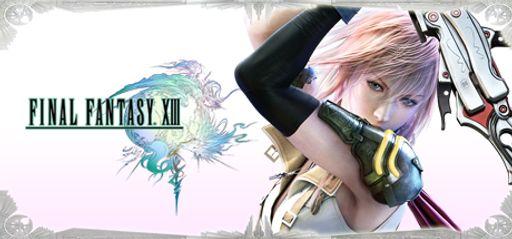As a lifelong fan of story-driven RPGs, I approached Final Fantasy XIII with high hopes and a strong sense of nostalgia. First released on PlayStation 3 and Xbox 360 in 2009, it later arrived on PC in October 2014. Although it remains one of the most debated entries in the series, its fast-paced combat and role-shifting system set it apart. However, the linear design and heavy story earned mixed reactions. With years of strategic play behind me, here’s my take.
Overall Impressions
To begin, the Paradigm Shift battle system stands as the game’s highlight. Because switching roles mid-fight adds a quick, chess-like layer of strategy, combat feels dynamic. Moreover, characters such as Lightning, Snow, Fang, and Sazh grow beyond simple archetypes. Their bonds drive the story’s most emotional highs. Meanwhile, Cocoon’s futuristic cities contrast with Pulse’s wild landscapes, delivering a spectacle that still looks striking.
On the other hand, the structure feels narrow. Exploration stays limited for nearly 30 hours, which frustrates fans of open worlds. Additionally, the story often gets tangled in the lore of fal’Cie, l’Cie, and the Cocoon-Pulse conflict. Because of heavy exposition, pacing slows and players must pay close attention to keep up.
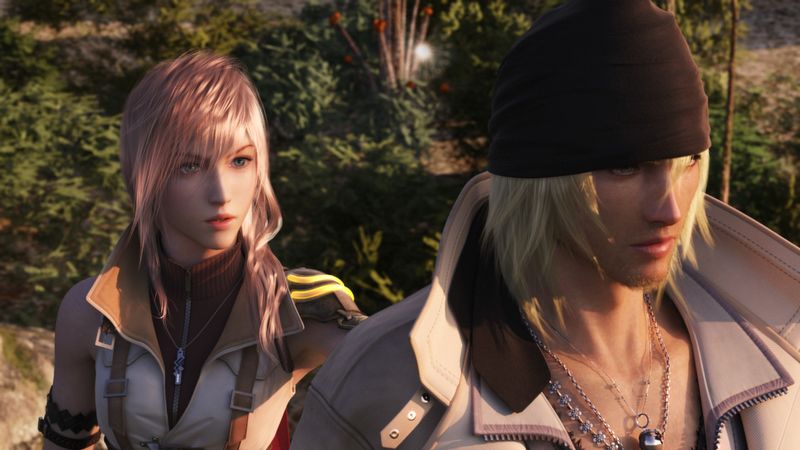
Comparison to Peers
In comparison, Final Fantasy XIII sits between the freedom of FFXII and the guided story of FFXV. While its combat system outshines many RPGs, its dense and unforgiving story creates a barrier. Consequently, players who love strategy and drama will enjoy it, yet those seeking exploration may feel constrained.
Gameplay Mechanics
Combat is where the game excels. Since roles like Ravager, Sentinel, Saboteur, and Medic create rhythm, each encounter feels sharp. Later, unlocking custom paradigms deepens strategy, turning bosses into puzzle-like battles. Furthermore, the absence of random encounters ties every fight to story or growth.
Nevertheless, the early hours can frustrate. Because the full system unlocks slowly, the learning curve feels steep. In addition, repetitive corridors replace the open areas seen in earlier entries, leaving exploration less engaging.
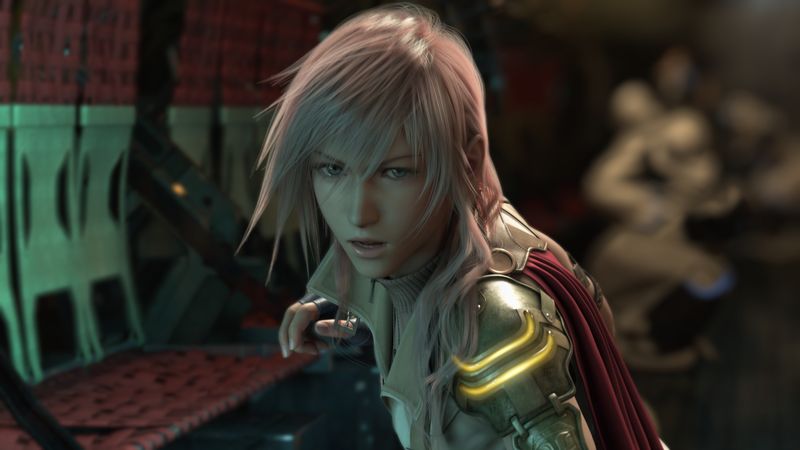
Standout Moment
One turning point came while facing Anima, an optional Eidolon boss. The dual-phase battle demanded flawless role use and quick decisions. In fact, that fight alone justified mastering paradigm synergy.
Story and Characters
Lightning’s role as the first female lead offered both strength and vulnerability, making her a relatable and lasting hero. Her shift from soldier to leader stands as a major highlight. Meanwhile, Snow’s loyalty, Sazh’s devotion to his son, and Fang’s fierce protection add depth. Together, they enrich the Cocoon-Pulse conflict with themes of destiny versus freedom. As a result, attentive players are rewarded with layered growth and meaningful storytelling.
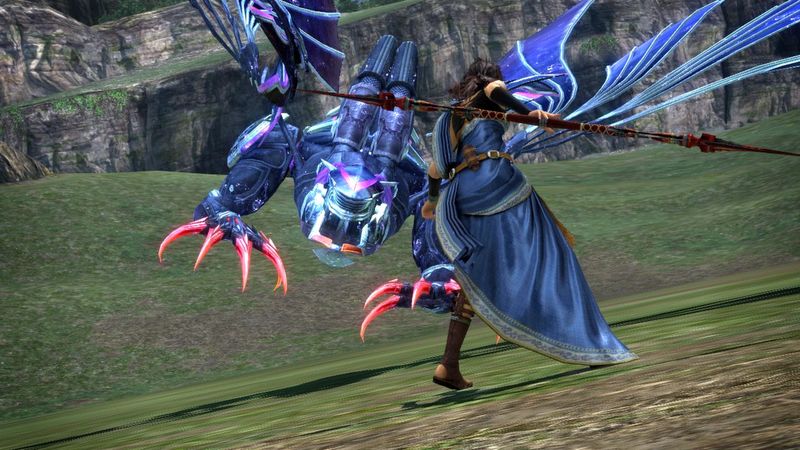
Visuals and Graphics
Visually, Final Fantasy XIII balances two worlds with detail and care. On one side, Cocoon’s towers, transport systems, and stormy skies present a polished but unsettling utopia. On the other, Pulse’s canyons, glowing flora, and ruins capture the raw beauty of nature. Thus, the settings create a tone that is both grand and emotional.
Even years later, the visuals remain strong. Character models and textures hold up well. Furthermore, the PC version enhanced with top Nexus Mods pushes detail to ultra-high levels, improving skin tones and removing texture pop-in. The result is a sharper, more vibrant presentation.
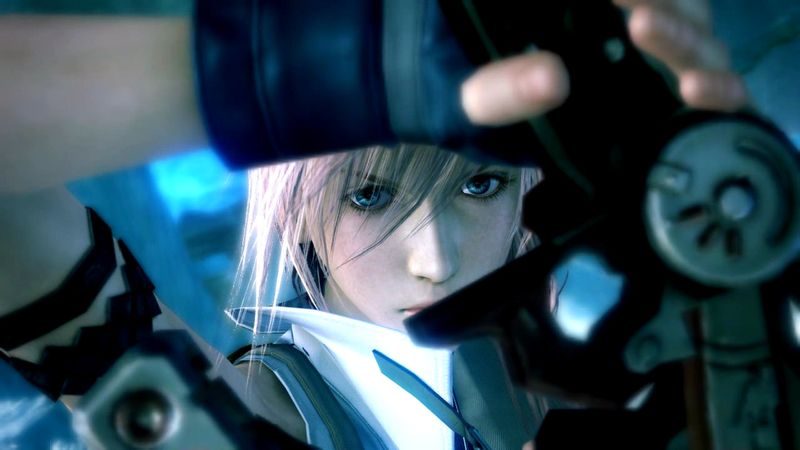
Sound and Music
When it comes to music, Final Fantasy XIII shines. Composed mainly by Masashi Hamauzu, the soundtrack blends haunting melodies with emotion. For example, “Blinded by Light,” Lightning’s unforgettable theme, is still iconic. In addition, dynamic battle music adapts to paradigm shifts, keeping encounters tense and immersive.
The voice cast also enhances the cinematic storytelling. Ali Hillis (Lightning) and Gregg Berger (Bartholomew Strand) deliver standout performances. Although a few lines fall flat, the overall voice work enriches relationships and boosts the emotional impact.
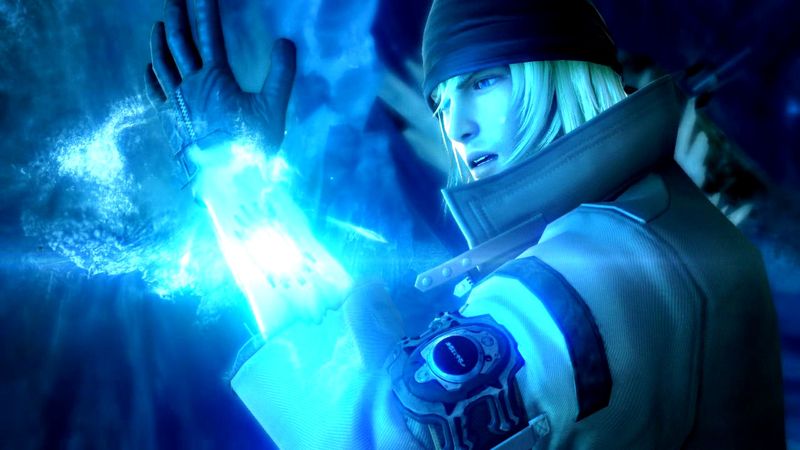
Difficulty and Replayability
At first, XP requirements remain manageable. However, late-game battles spike in difficulty, requiring precise paradigms and careful planning. Optional superbosses such as Anima, Proto-Fal’Cie, and Omega test strategy and timing to the limit, offering challenges even for veteran players.
After finishing the story, players can tackle single-battle mode and hidden Eidolon fights. While exploration limits side quests, New Game Plus with new party setups uncovers fresh synergies. Therefore, replaying still feels rewarding.
Trivia and Fun Facts
Interestingly, Final Fantasy XIII began Square Enix’s Fabula Nova Crystallis subseries. Development used over 20 terabytes of data to refine visuals. By 2010, the game had sold more than seven million copies worldwide, making it one of the fastest-selling entries. Although the PC port suffered from crashes, a popular fan patch fixed stability. In music, Hamauzu’s piano-driven style gave the game a distinct identity apart from Nobuo Uematsu’s classics.
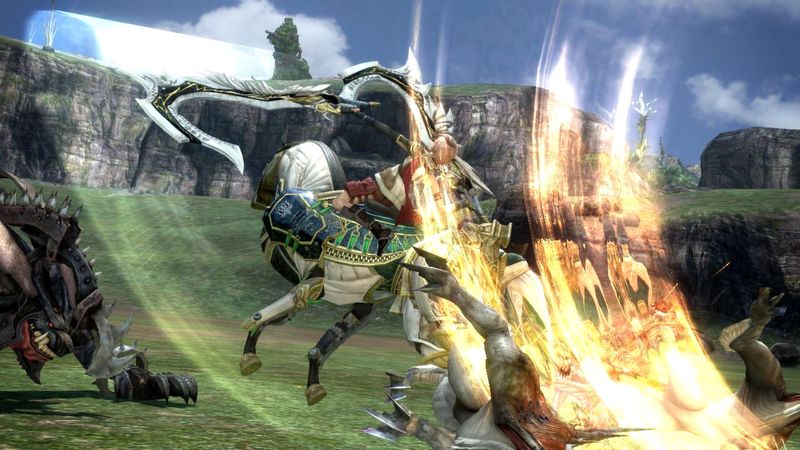
Final Thoughts
In the end, Final Fantasy XIII is a game of contrasts. On one hand, its combat and characters shine. On the other, its world feels too narrow and its story too complex. Nevertheless, for players who enjoy mastering deep systems and rich lore, it delivers a rewarding journey. Those seeking freedom may find it too linear, yet the emotional highs and visuals make the ride worthwhile.
Rating: 4 out of 5 stars
A must-play for RPG enthusiasts and series veterans—especially for those ready to embrace its unique design and master the paradigm system. Ultimately, nostalgia and lasting gameplay strengths secure FFXIII’s place in the Final Fantasy pantheon.

